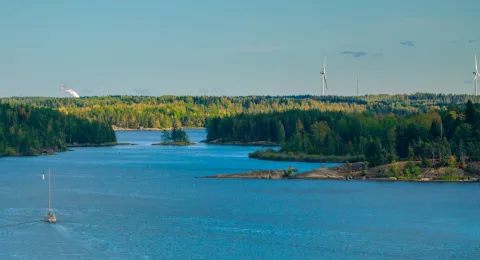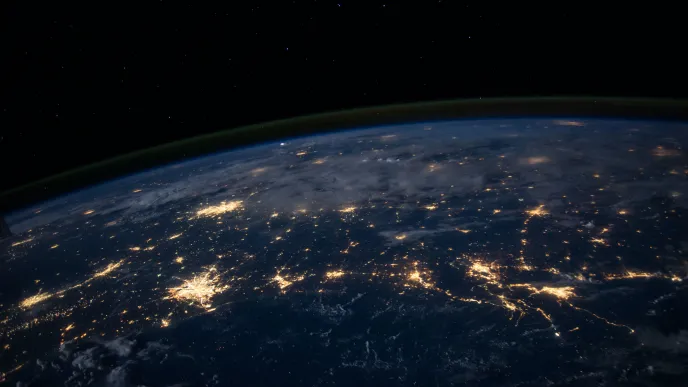Green hydrogen production will play an important role in the ongoing transition from fossil-based fuels to zero-carbon energy technologies. LUT has investigated the cost-efficiency and technology options of producing green hydrogen in Southeast Finland. Green hydrogen is produced with a process called water electrolysis utilizing electricity from renewable sources such as wind and solar power. It is green because the process generates no emissions.
“The results of our study demonstrate the feasibility of off-grid green hydrogen production with water electrolysis in Southeast Finland. A purely wind-powered system is the most cost-effective solution in this decade. Solar power will come later as its cost decreases,” says Associate Professor Antti Kosonen from LUT.
“However, it is important to note that the production of hydrogen solely with solar electricity will not be economically viable, because its capacity factor is too small. Therefore, it would be essential to solve the radar issues in Eastern Finland, so that wind power could be constructed on a large scale in the region.”
The cost of hydrogen will be competitive
The electricity production data for the study was collected from a solar photovoltaic installation and a wind farm located in Southeast Finland. The system limitations and the optimal configuration for installations at the hydrogen production plant were also investigated, to enable the competitive pricing of hydrogen. The results indicate that the production cost of hydrogen will drop below two euros per kilogram by the year 2030.
The implementation of a wind farm as the sole power supply will be the most economical solution for installations until the years 2035–2040. Later, solar photovoltaic power and battery energy storage systems will improve profitability and increase the full-load hours of the electrolyzer. At the current level of component prices, solar photovoltaic power and battery energy storage systems are not yet economically viable.
Outcomes of the study
- The concept of an off-grid 100 MW alkaline water electrolyzer plant for green hydrogen production with integrated solar photovoltaic and wind power and a battery energy storage system.
- Optimal control and component capacities for the plant.
- Simulations using power measurements from a solar photovoltaic installation and a wind farm.
- The cost of hydrogen reduced to less than 2 euros/kg by the year 2030.
- A feasible solution to establish the hydrogen economy in Southeast Finland.
Applications of green hydrogen
- Green hydrogen will be essential for industrial manufacturing since it will significantly reduce the environmental impacts of industry.
- Iron ore can be reduced by green hydrogen in steel making.
- Green hydrogen enables raw materials such as crude oil to be replaced with synthetic methanol, which can be used in the production of fertilizers and synthetic fuels, for example.
- Green hydrogen can also open a path to the decarbonization of sea and air transportation.
Electrification simply means substituting fossil fuels with electricity as the power source in energy, heat and material production. Ensuring the availability of clean, low-cost electricity is the key idea of the hydrogen economy.
“Achieving zero emissions will require wide-scale electrification of industrial manufacturing, transportation and heating. Our study confirms that green hydrogen provides a viable solution for carrying out electrification, thereby curbing climate change and strengthening the competitive edge of the companies located in the region,” says LUT’s Junior Researcher Alejandro Ibáñez Rioja.
The study was recently published in the scientific journal Applied Energy (free article).
More information

Antti Kosonen






